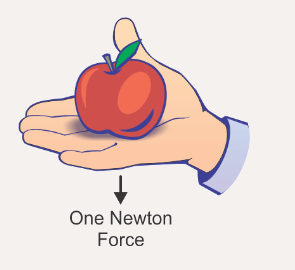
Process Controllers in the Oil Industry
• Process control systems monitor and maintain the safety and stability of processes, compensate for changes in process conditions, and increase profitability.
• Manual control systems in the oil industry face disadvantages like fatigue, reaction time, limited power, safety, accuracy, and cost.
• Automatic control systems provide consistent products, release skilled operators for other productive work, reduce physical effort, decrease operator workload, and improve safety and working conditions.
Elements of a Control Loop
• Primary element: Sensors, transmitter, controller, and final control element.
• Primary element senses changes in the process variable, while transmitter converts signal into a standard proportional output.
• Controller compares this value with the set point and computes necessary output signal to remove the offset.
Open Loop Control Systems
• Use a valve or heater to manipulate the manipulated medium.
• More efficient and cost-effective than manual control systems.
• Maintain a pre-set operating condition over an extended period without operator involvement.
Closed Loop Control
• Involves feeding output of the measuring element into the loop controller and comparing it with the set point.
• An error signal is generated when the measured value is not equal to the set point.
• Controller adjusts the control valve position until the measured value is equal to the set point.
Pneumatic Closed Loop Control System
• Uses a displacer level transmitter to measure the process level.
• Adjusts the control valve position if the set point is not equal to the measured value.




